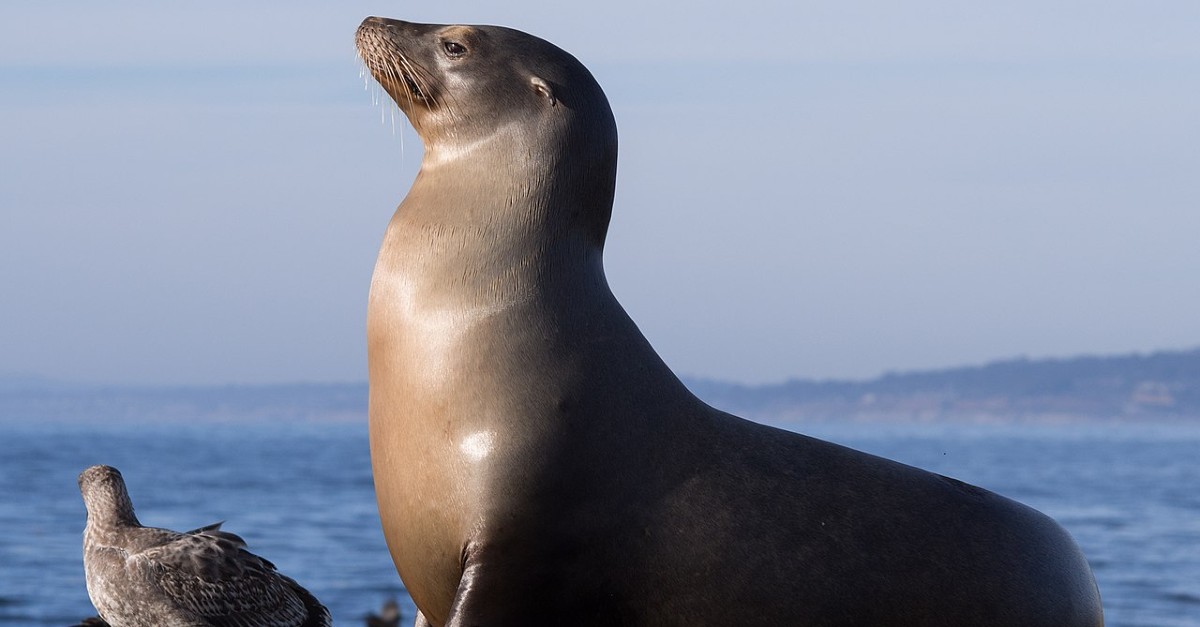Last week on June 8th, environmental nerds like myself celebrated World Oceans Day. World Oceans Day is an unofficial holiday created by the United Nations to raise awareness for the health and sustainability of our planet’s oceans. Participants are encouraged to donate to their favorite aquatic charity, join a beach cleanup, and campaign for more sustainable fishing practices. The event reminded me how fragile our natural ecosystems are, and that if we’re not careful, we could lose some of this planet’s greatest wonders.
For students, climate change and the importance of environmental sustainability are quickly becoming issues of vital importance. Their understanding of nature, and the science behind it, will likely determine the health of our planet over the next several decades. As such, we should help our students engage with nature and teach them how to appreciate its marvels while protecting it for future generations.
Sustainable Strategies
For those looking for a place to get started, consider using one (or all) of these strategies to get your students engaged, learning, and fired-up for positive change:
- Research Your State: Every state is uniquely awesome! From coastlines to mountains to rolling prairies, each one has something distinct to offer the rest of the country. With help from the Blue Apple project State of Sustainability, have your students research their home state and determine what flora or fauna are unique to the area, then have them put their knowledge into a book that they can share with others. Sometimes the best place to start your conservation efforts is right at home!
- Explore Sustainable Goals: The United Nations currently has 17 goals for achieving a better and more sustainable future. Introduce your students to the first six: Clean Water & Sanitation, Sustainable Cities & Communities, Responsible Consumption & Production, Climate Action, Life below Water, Life on Land. Once they have familiarized themselves with each goal, have them discuss which one they believe is the most crucial for the sustainability of their state. Finally, have them take a stand by writing to their local leaders!
- Connect to Nature: Connect your students to nature through a variety of hands-on, inquiry-based activities with Topics. In The aMAYzing Outdoors, teachers will find four FREE mini lessons (approximately 15 minutes each) to get students engaged in outdoor learning. This includes a nature scavenger hunt, collaborative STEAM, and a meaningful game of BINGO. Select just one or two lessons or use them all! The choice is yours.
- Engage Your Students: What are some environmental issues your students would like to improve? Have students select a focus issue and develop a plan to address it. Then, have them share their ideas in a inspiring PSA or by creating their own Podcast! Student agency plays a huge role in teaching them how they can make a difference in building a sustainable environment.
Get Ready for a New Semester
Nature has many incredible lessons to teach our students, but only if we work hard to build a better, more sustainable environment. So, take this opportunity to get in touch with your green side and prepare some fun, inquiry-based activities for your classroom. When class resumes in the fall, let’s be ready to teach our students all about the extraordinary world around them!
We hope you are all staying healthy and safe during this difficult time. For more free educational resources simply follow this link.
*Image courtesy of Rhododendrites via Wikimedia Commons.

